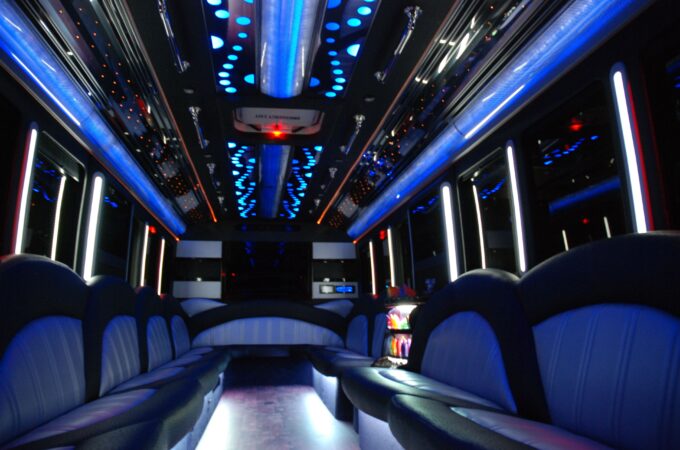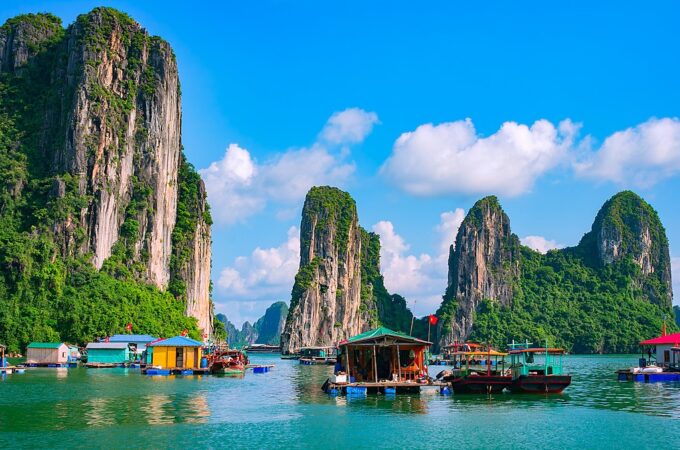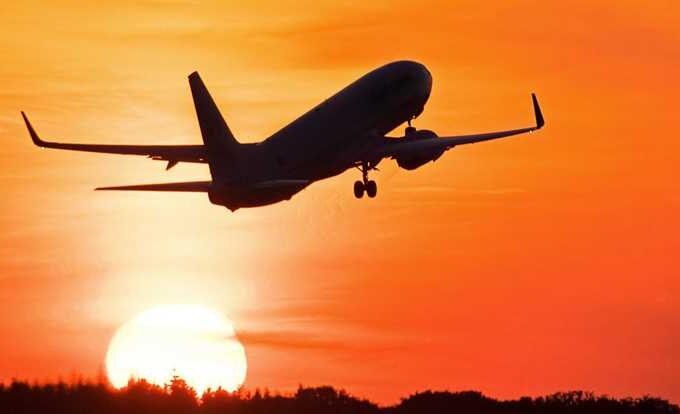
7 Days Annapurna Base Camp Trek
Taking a 7 Days Annapurna Base Camp Trek is a great way to explore the Himalayas. This trek will take you through some of the highest peaks in the world, and the scenery will be amazing. The route is one of the most popular trekking routes in Nepal, and there are plenty of accommodations along the way to stay in. The most important thing is to plan your trek well in advance, as the season can be very busy.
Autumn season
Located in the Annapurna Range, the Annapurna Base Camp is a trekking destination in Nepal. This trek offers you spectacular views of snow-capped mountains, lush flora, and crystal clear blue skies.
The autumn season begins in September. This is a time when trees in the lower regions turn yellow, orange, and purple. You can also see distinct bird species at different altitudes.
The autumn season is considered to be the best time to trek to the Annapurna Base Camp. Although, the weather is quite pleasant, there are some cons. The terrain can be very steep, and you will need to carry extra warm clothing. You should also bring water purification pills.
During the autumn, the Annapurna Region remains relatively clear from monsoon rains. The trails are in top shape, and it is a great place to meet fellow trekkers.
The autumn season is also the season of festivals in Nepal. There is the “festival of light” Tihar, as well as the major Nepalese festival Dashain. These festivals are exciting and will keep you entertained during your journey.
Monsoon season
During the monsoon season, a large amount of rain is expected in Nepal. The monsoon season usually begins in mid-June and ends in early September. The weather is a bit unpredictable during this time and you will want to be prepared.
The monsoon is a spectacular time of year. The clouds are usually very thick and the air is crisp. This is the best time to see Himalayas. However, it is also the time when you are most likely to encounter leeches and landslides.
Although the monsoon season is a beautiful time, trekking in the monsoon can be difficult. The weather is unpredictable, the terrain is often steep, and the sun isn’t as strong as during the summer.
When planning a trek to the Annapurna region, be aware of the weather and pack the appropriate gear. You’ll need to be wary of mosquitoes, and if you are traveling in high altitude regions, you may experience a barren landscape. You should also be prepared for any altitude sickness.
Dangerous season
Choosing the best time to go on a trek is a big part of planning your adventure. The best season to trek in Annapurna is in the Autumn. It is not very cold, but you will not get the same amount of snow that you will during the winter.
Spring is also a good time to go on a trek. This is because the temperature is similar to the summer days. There is also a good chance that the trail will be dry. The only thing that could be a downside to this time of year is avalanches.
The winter season is a bit more dangerous, as you have a better chance of avalanches. The other downside is that the trails can be very slippery. You should take precautions if you plan to trek in this season.
A good way to avoid the risk of an avalanche is to use an alternate route. This is a way to make sure that you do not get caught up in a large avalanche.
Route
Expediting to Annapurna Base Camp Trek is a beautiful trek to experience Himalayan beauty and unique culture. The seven day route offers spectacular mountain views. It is also the perfect choice for those with limited time.
The route to Annapurna Base Camp begins in Pokhara. From there, trekkers travel through green, lush forests to reach Bamboo, which is known for its rhododendron forest. It is also a popular destination for overnight stays.
The journey passes through small settlements and villages, as well as ancient temples. The path is less steep and offers a broader range of scenery. It is also more peaceful than other routes.
During the trek, you will stay in local tea houses. These are run by friendly local families. They will provide you with a private room and clean toilets. They also offer solar showers and first class meals. Unlike western cuisine, these meals are prepared from organic vegetable gardens.




